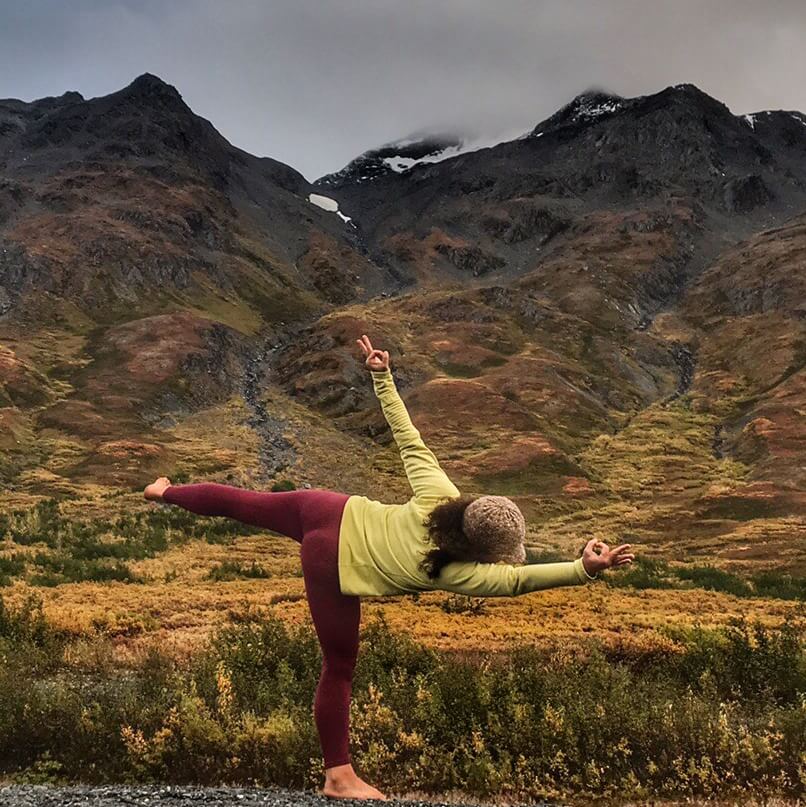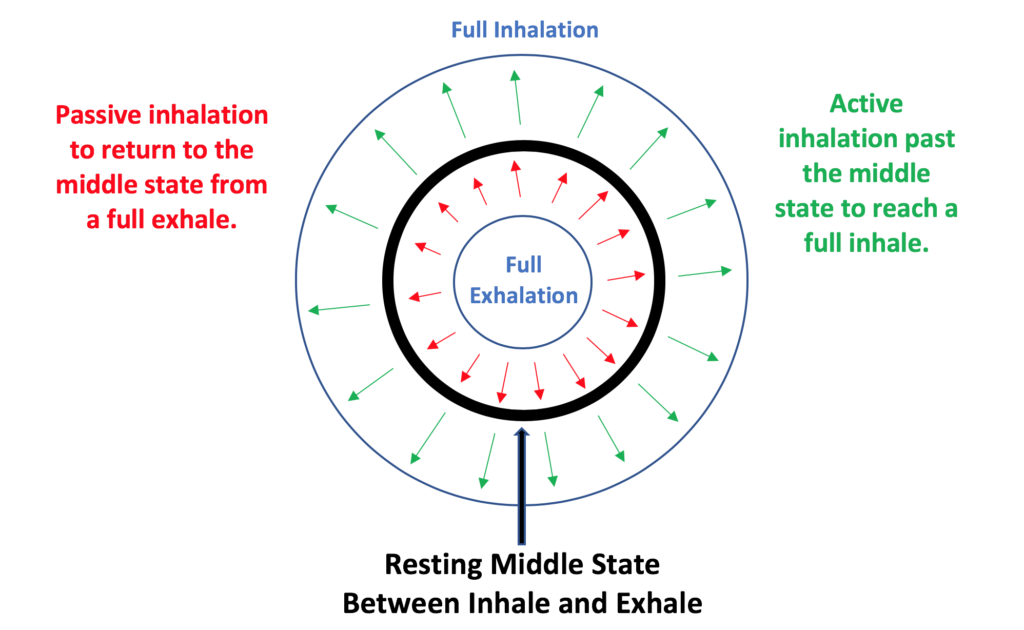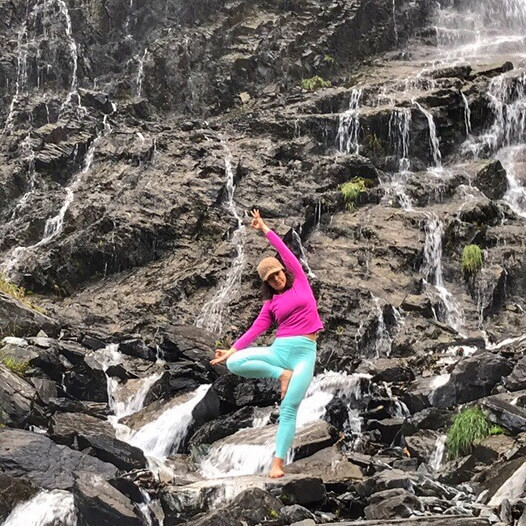The Balanced Path
Sthira and Sukham
Asana must have the dual qualities of alertness and relaxation.
– T.K.V. Desikachar
Our practice is about the intention of yoga. Yoga is yoking, bringing together, union.
At the meeting point that unites apparent opposites we find a third plane of existence, balance.
The fall equinox just passed and the concept of balance and imbalance was coming up everywhere. Balancing our reactivity and our repression of emotions, our sleep, exercise, diet, social interaction, mental stimulation, challenge, and play is a lot to figure out especially when we consider that each of us has a different balance point.
Balance isn’t always in the middle!
A really extroverted person doesn’t need the same amout of quiet time for balance as an introverted person.
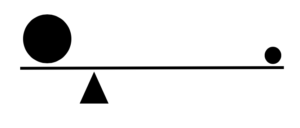 Balance is not a place, it is a whimsical experience between effort and ease.
Balance is not a place, it is a whimsical experience between effort and ease.
Everything is constantly changing. Our body reacts to endless environmental stimuli to keep our bodies at homeostasis, the happily functioning place of just right. When our body loses homeostasis and is too hot, too cold, isn’t oxygenated, has too much sugar, or any number of imbalances, parts of our system start shutting down in a chaotic emergency save ourselves fashion. The same thing happens mentally, emotionally, and spiritually when we lose our balance in a constantly changing inner, outer, and social world. When out of balance, we operate on an emergency level and shut down aspects of ourselves in order to survive. Then we get really confused about what we need.
We all have individual balancing points of the perfect amount of stimulation, restoration, effort, sleep, activity, and nutrition and those change with season, age, time of day, when we are on vacation, when we’re visiting family, and in relation to each other just to name a few. Whoa, that’s a lot!
Balance is a constant readjustment on a moment by moment basis.
No wonder many of us often feel out of balance! We are constantly pushed, pulled, drawn, dragged, lured, and skipping in all directions. There are so many components in our overall health that it becomes inconceivable to figure out our ideal amounts for thriving.
Instead of grappling with amounts and creating a cerebral process, we can learn to watch for balance and allow a visceral process to teach us. If we know what balance feels like, we have a better chance of living in our fluid middle path.
A Moment of Balance.
Take a really large inhale, as big as you can.
Notice that the first part of the exhale is automatic or passive. You don’t have to engage any muscles or try, it simply happens. Then you get to the middle point where your lungs are equally firm but relaxed, sthira and sukham, from which point you must actively continue to exhale until you are completely empty.
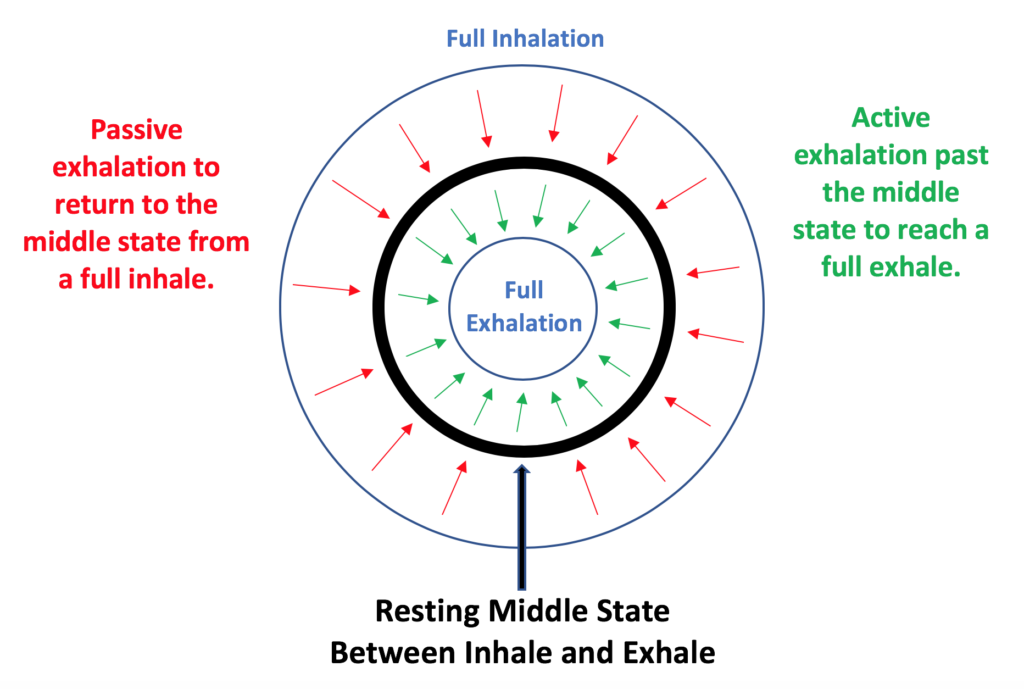 Once you are completely empty, you automatically (passively) inhale until your lungs are at balanced tension and then you must actively inhale to accomplish your fullest inhalation.
Once you are completely empty, you automatically (passively) inhale until your lungs are at balanced tension and then you must actively inhale to accomplish your fullest inhalation.
Some of us oscillate only between maximum inhalation and center. Some of us breathe between maximum exhalation and center. All of our breaths change from moment to moment.
Invite your breath to move smoothly through the middle, between effort and ease.
We can’t rush our healing.
Watch the process, receive, and let go.
Balance comes and goes.
We will find our way. Practice.
How do you find balance?
Add comments here or share a picture, a sutra, and a brief interpretation on Instagram #fullmoonfruition
Subscribe
Halfway Down
Halfway down the stairs is a stair where i sit.
There isn’t any other stair quite like it.
I’m not at the bottom,
I’m not at the top;
so this is the stair where I always stop.
Halfway up the stairs isn’t up and it isn’t down.
It isn’t in the nursery, it isn’t in town.
And all sorts of funny thoughts run round my head.
It isn’t really anywhere!
It’s somewhere else instead!
A.A. Milne

